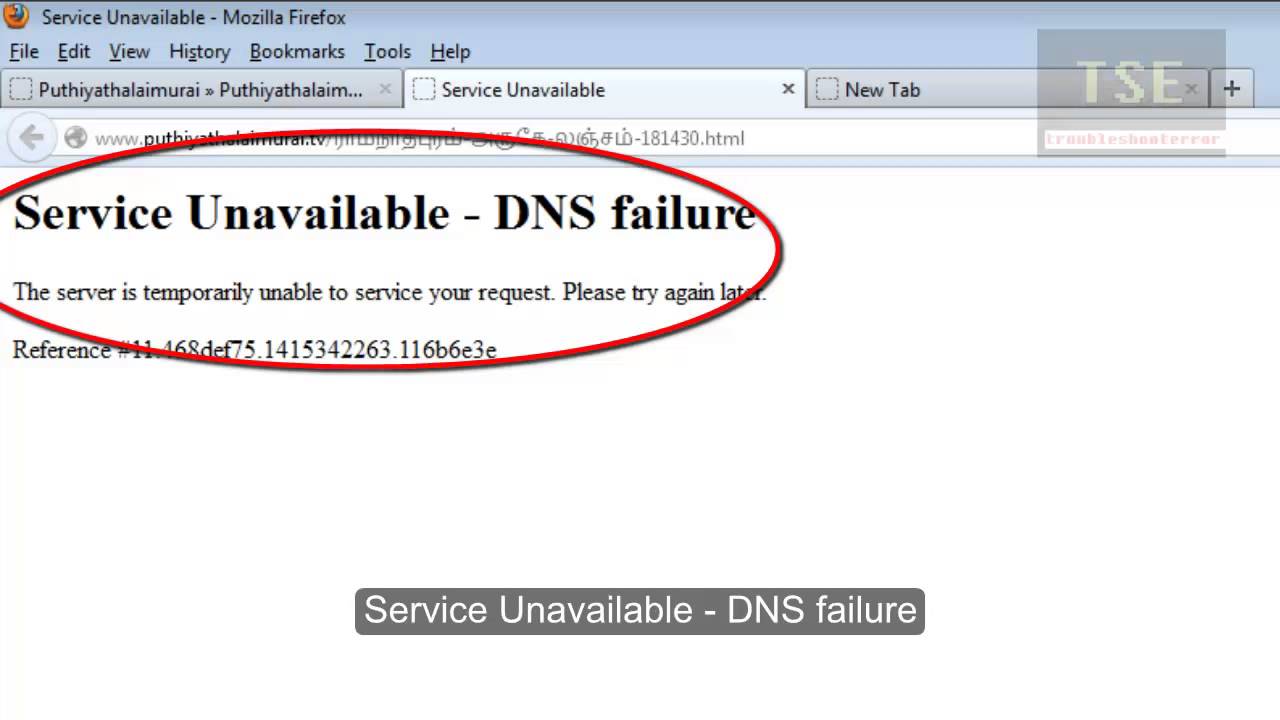How do drone shows work? This question unlocks a world of synchronized flight, dazzling light displays, and intricate programming. These spectacular aerial performances aren’t just about flying drones; they’re a blend of cutting-edge technology, meticulous choreography, and precise execution. From the hardware and software controlling each drone to the complex planning and safety measures involved, creating a drone show is a fascinating process.
Let’s explore how these breathtaking displays come to life.
Imagine hundreds of drones, each a tiny point of light, moving in perfect harmony across the night sky. This isn’t magic; it’s the result of sophisticated technology, precise programming, and a dedicated team. We’ll delve into the specifics of drone hardware, the software that orchestrates their movements, and the safety protocols that ensure a flawless show. We’ll also examine the creative process of choreography, the challenges of logistics, and the potential of this exciting technology for the future.
Drone Show Hardware and Software
Drone shows rely on sophisticated hardware and software working in perfect harmony. Understanding these components is key to appreciating the complexity and beauty of these aerial displays.
Drone Hardware
Various types of drones are employed in drone shows, each with specific strengths. Quadcopters are the most common, due to their stability and maneuverability. Larger, hexacopter or octocopter drones might be used for carrying heavier payloads or for increased redundancy in case of motor failure. Key features include GPS for precise positioning, powerful processors for fast computation, and bright, customizable LEDs for creating stunning visual effects.
Drone Software and Communication Systems
Synchronized drone flight requires robust software and reliable communication systems. A central control system manages the flight paths and lighting effects of all drones simultaneously. Communication typically uses radio frequencies to transmit commands to each drone. Real-time data transmission ensures responsiveness and prevents collisions.
Flight Control Systems Comparison
Several flight control systems are used in drone shows, each with its own advantages and disadvantages. Some systems prioritize ease of use, while others offer more advanced features like autonomous obstacle avoidance. Factors like scalability, reliability, and cost are crucial in choosing a suitable system.
Drone shows are all about precise choreography and lighting; each drone needs to be perfectly positioned at the right time to create the overall image. A key player in this tech is the dji neo drone , known for its reliability and speed, contributing to the seamless execution of complex light patterns. Ultimately, the magic of a drone show comes down to perfectly timed movements and bright LEDs on hundreds of these individual units.
Common Drone Specifications
| Drone Model | Battery Life (minutes) | Flight Time (minutes) | Payload Capacity (grams) |
|---|---|---|---|
| Example Drone A | 30 | 25 | 200 |
| Example Drone B | 40 | 35 | 300 |
| Example Drone C | 25 | 20 | 150 |
Choreography and Programming
The magic of a drone show lies in its choreography. This involves meticulously planning the drones’ movements and lighting patterns to create a cohesive and visually stunning performance.
Drone Show Choreography Design
Creating a drone show choreography is a multi-step process. It begins with conceptualizing the overall theme and story, then translating that vision into specific flight paths and light patterns for each drone. Software tools are used to visualize and refine the choreography before the actual show.
Drone Flight Path and Light Pattern Programming Software
Specialized software allows choreographers to design complex flight paths and light sequences. These programs often include features for simulating the show, detecting potential collisions, and generating control commands for the drones. Popular options include proprietary software developed by drone show companies and open-source alternatives.
Choreography Styles and Visual Impact, How do drone shows work
Different choreography styles can evoke diverse emotions and create unique visual experiences. Abstract patterns can be mesmerizing, while representational designs can tell stories or depict recognizable shapes. The choice of style greatly impacts the overall aesthetic and message of the show.
Example 10-Drone Choreography Sequence
Imagine ten drones forming a simple star shape. They would ascend slowly, their lights transitioning from blue to white. Then, they would split into two groups of five, each tracing a circular path around the center, their lights pulsating red and green. Finally, they would converge back into the star shape and descend, ending with a simultaneous dimming of lights.
Safety and Regulations: How Do Drone Shows Work
Safety is paramount in drone shows. Careful planning and adherence to regulations are crucial to prevent accidents and ensure a successful event.
Key Safety Considerations
Safety protocols should cover all aspects, from pre-flight checks to emergency procedures. This includes thorough drone maintenance, careful site selection to avoid obstacles and potential hazards, and the use of redundant systems to prevent failures. A qualified pilot should be in charge, and a clear communication plan should be established.
Drone Show Regulations and Permits
Operating drones in public spaces requires obtaining the necessary permits and complying with local and national regulations. These regulations often specify operational limits, such as flight altitude, distance from crowds, and required safety features. Failure to comply can result in penalties.
Risk Mitigation Strategies
Risk mitigation involves identifying potential hazards and implementing measures to reduce or eliminate them. This includes using fail-safe mechanisms, having backup drones and pilots, and establishing clear communication protocols. Regular training and drills are also essential to ensure preparedness for unforeseen circumstances.
Drone Show Safety Checklist
- Pre-flight inspection of all drones
- Verification of flight permits and approvals
- Assessment of weather conditions
- Confirmation of communication system functionality
- Establishment of emergency procedures
Logistics and Operations

Running a successful drone show involves meticulous planning and coordination of various aspects, from setup to takedown.
Drone Show Setup and Execution Guide
- Site survey and preparation
- Drone setup and testing
- Software configuration and synchronization
- Choreography rehearsal
- Show execution and monitoring
- Post-show drone retrieval and maintenance
Team Roles and Responsibilities
A drone show team typically includes pilots, programmers, technicians, safety officers, and a show director. Clear roles and responsibilities are essential for efficient coordination and a seamless show.
So, you wanna know how drone shows work? It’s all about precise programming and lots of tiny lights! Basically, each drone is individually controlled, creating stunning visuals in the sky. To learn more about the technology and artistry behind these amazing displays, check out this great resource on drone show technology. Understanding this helps you appreciate how those dazzling patterns and shapes are formed through coordinated drone movements.
Managing Multiple Drones Simultaneously
The biggest challenge is managing multiple drones simultaneously without collisions or malfunctions. This requires robust software, skilled pilots, and a well-defined communication system.
Equipment and Resources
Essential equipment includes drones, batteries, charging stations, computers, communication systems, and lighting equipment. Adequate space for setup, transportation, and storage is also necessary.
Visual Effects and Lighting

The visual impact of a drone show is largely determined by the skillful integration of lighting and color effects.
Lighting and Color Effects Integration
Each drone’s LEDs can be individually controlled to create a vast range of colors and patterns. This allows for dynamic and expressive displays, ranging from subtle shifts in hue to dazzling bursts of light.
Techniques for Creating Visual Effects
Various techniques are employed to achieve specific visual effects. These include creating trails of light, forming dynamic shapes, and using color transitions to simulate movement or emotion.
Innovative Lighting Techniques
Recent drone shows have incorporated innovative techniques, such as using synchronized lighting with music, projecting images onto a surface using drones as pixels, and creating interactive displays that respond to audience participation.
Drone Show Visual Narrative

Imagine a drone show depicting a night sky. Initially, small, twinkling lights representing stars emerge and spread across the sky. Then, larger, brighter drones form constellations, their movements tracing the paths of celestial bodies. The climax involves a meteor shower, simulated by a cascade of falling lights, followed by a gradual dimming, leaving only a few twinkling lights to represent the lingering stars.
The Future of Drone Shows
The future of drone shows is bright, with several emerging technologies poised to revolutionize the industry.
Emerging Technologies
Advancements in battery technology, autonomous navigation, and artificial intelligence will lead to longer flight times, more complex choreographies, and greater autonomy. Integration with augmented reality and virtual reality could also create immersive experiences for viewers.
Integration with Other Entertainment
Drone shows can be integrated with other forms of entertainment, such as concerts, sporting events, and theatrical productions. This creates a multi-sensory experience that engages the audience on multiple levels.
So you wanna know how drone shows work? It’s all about precise programming and lots of tiny lights! Basically, each drone is a pixel in a giant, flying screen, and the whole thing is orchestrated by powerful software. To see some amazing examples of what’s possible, check out this link to a great resource on drone shows.
Understanding the software’s role is key to grasping how these breathtaking aerial displays are created and the level of coordination involved.
Limitations and Challenges

Challenges include regulatory hurdles, cost considerations, and the need for skilled professionals. Weather conditions can also impact show execution, and ensuring safety remains a primary concern.
Drone Shows in 10 Years
In ten years, we might see large-scale drone shows with thousands of drones, creating incredibly detailed and dynamic displays. These shows might be fully autonomous, capable of adapting to changing conditions in real-time, and seamlessly integrated with other forms of entertainment, offering truly immersive and spectacular experiences.
Final Thoughts
Drone shows are a testament to human ingenuity, blending technology and artistry to create unforgettable experiences. From the initial concept and choreography to the final moments of a dazzling performance, every aspect requires meticulous planning and precise execution. As technology continues to advance, the possibilities for drone shows are limitless, promising even more spectacular and innovative displays in the years to come.
Understanding how these shows work reveals not only the technological marvel but also the collaborative effort and creative vision behind them.
FAQ Guide
How long does it take to plan a drone show?
The planning time varies greatly depending on the show’s complexity and scale, ranging from several weeks to several months.
What happens if a drone malfunctions during a show?
Most drone show systems have redundancy built-in. If one drone fails, the show continues, and the missing drone’s position is often filled by others.
How much does a drone show cost?
The cost varies wildly depending on the size, complexity, and duration of the show, ranging from thousands to millions of dollars.
Are drone shows environmentally friendly?
Modern drones are relatively energy-efficient, but the environmental impact depends on factors like battery production and transportation.
Can I create my own small drone show?
Yes, smaller, simpler shows are possible with readily available software and a small number of drones, but significant technical skill is still required.
